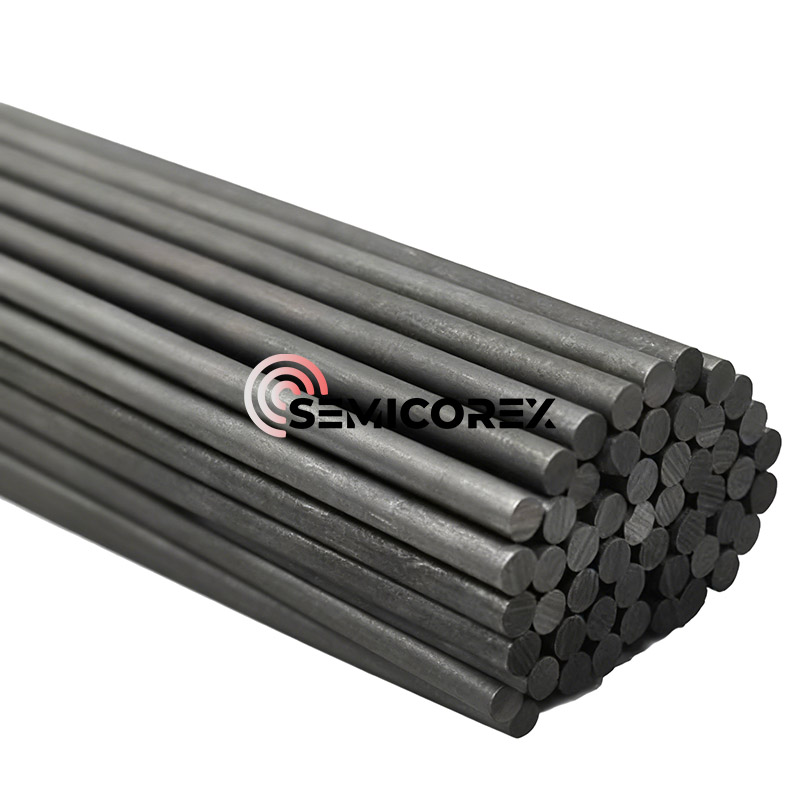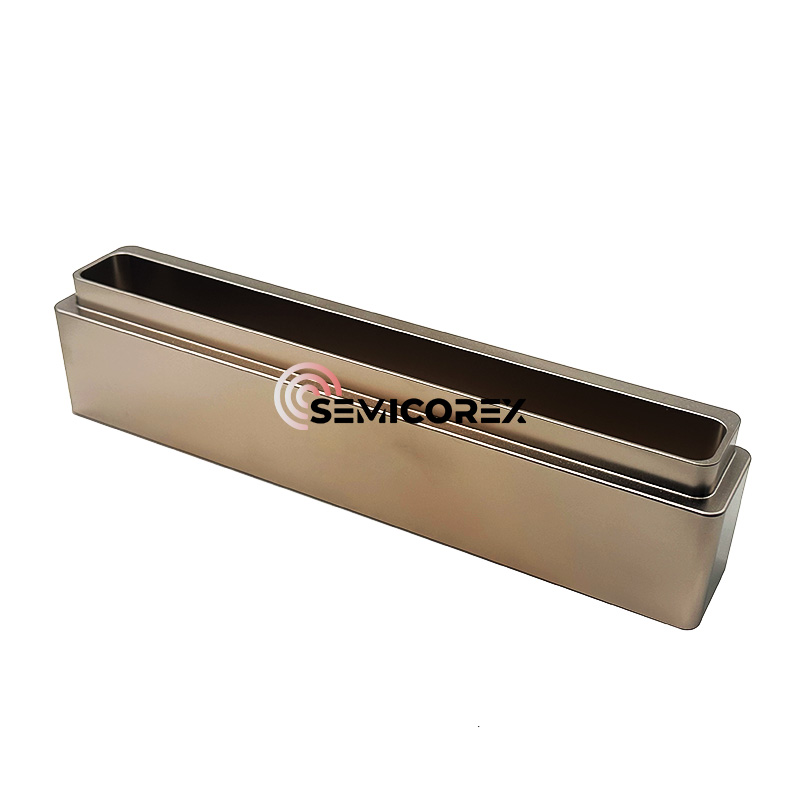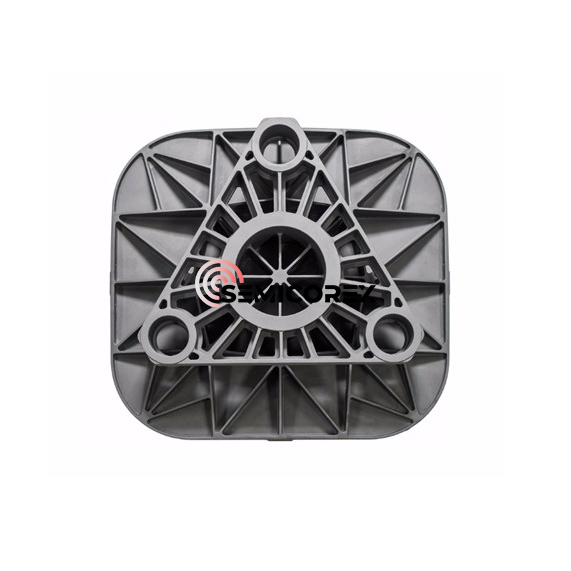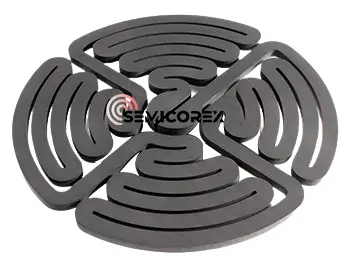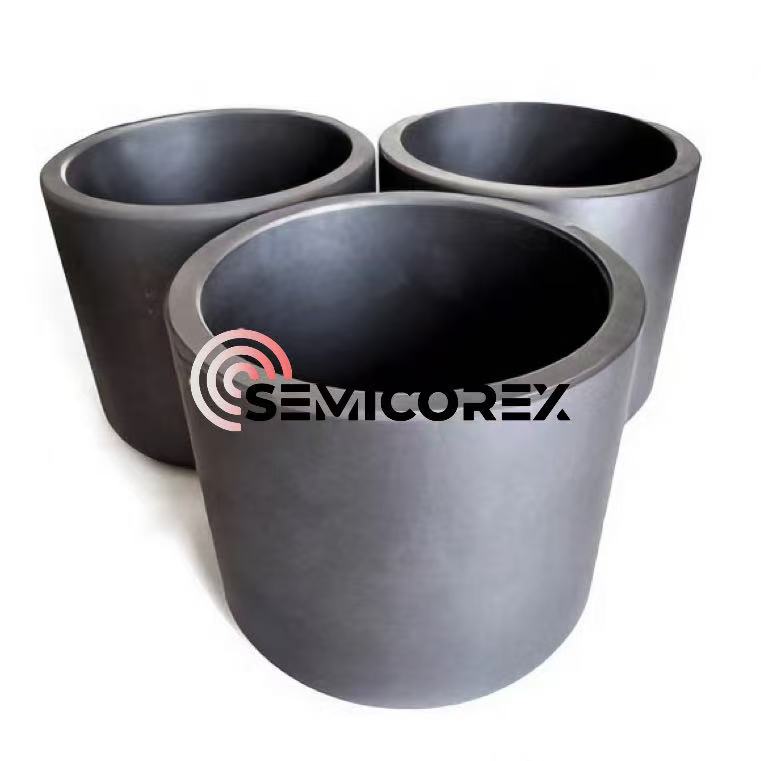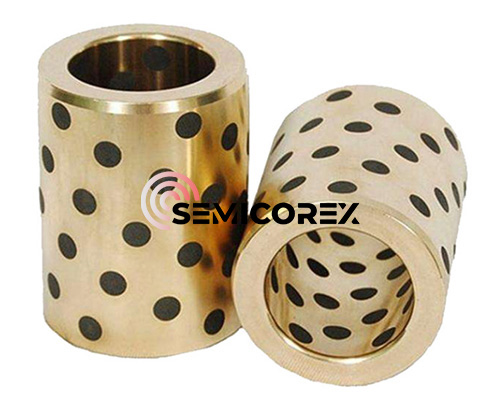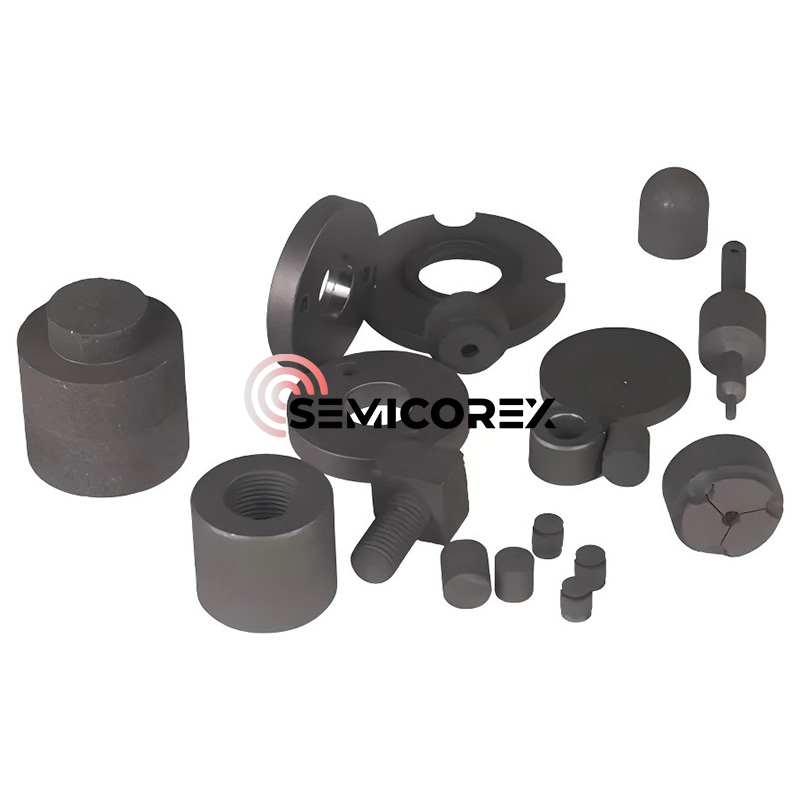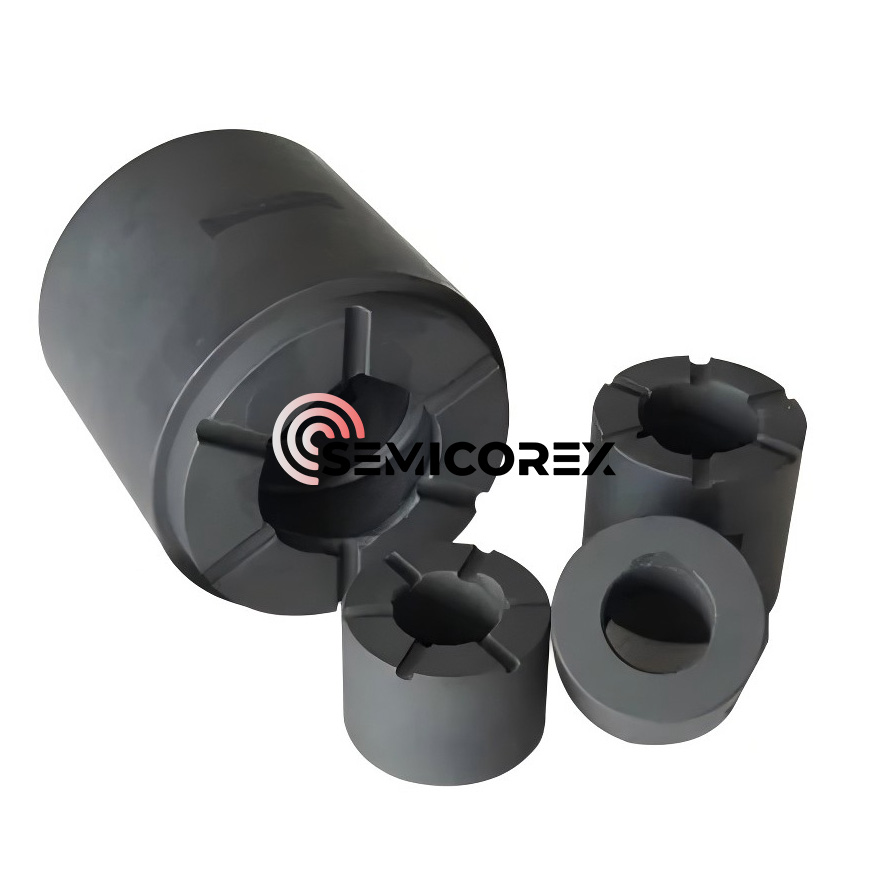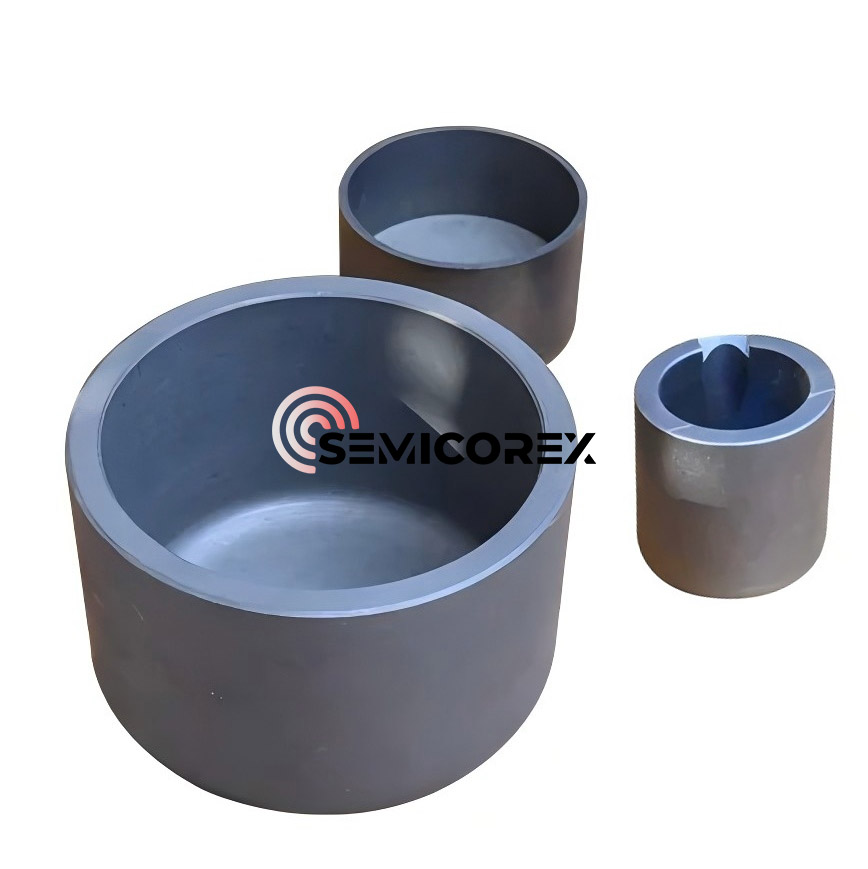
- English
- Español
- Português
- русский
- Français
- 日本語
- Deutsch
- tiếng Việt
- Italiano
- Nederlands
- ภาษาไทย
- Polski
- 한국어
- Svenska
- magyar
- Malay
- বাংলা ভাষার
- Dansk
- Suomi
- हिन्दी
- Pilipino
- Türkçe
- Gaeilge
- العربية
- Indonesia
- Norsk
- تمل
- český
- ελληνικά
- український
- Javanese
- فارسی
- தமிழ்
- తెలుగు
- नेपाली
- Burmese
- български
- ລາວ
- Latine
- Қазақша
- Euskal
- Azərbaycan
- Slovenský jazyk
- Македонски
- Lietuvos
- Eesti Keel
- Română
- Slovenski
- मराठी
- Srpski језик
Chine Graphite isostatique fabricants, fournisseurs, usine
Carbon/graphite material molding essentially involves increasing the density of the powder mixture and ensuring close contact between the aggregate and binder to produce a green body with a desired size, morphology, and minimal machining allowance. The four main molding methods are extrusion, compression molding, vibration molding, and isostatic pressing. Common carbon/graphite materials on the market (for example, charcoal used for household fires) are mostly formed using hot extrusion and compression molding (cold or hot). Isostatic pressing offers superior molding performance.
The principle of isostatic pressing is based on Pascal's law: pressure applied to a medium (liquid or gas) in a sealed container is uniformly distributed in all directions, with the pressure on the surface being proportional to the surface area. Isostatic pressing involves placing a sample, enclosed in a sealed container, within a high-pressure cylinder. Leveraging the incompressible nature of the liquid medium and its ability to uniformly transmit pressure, the sample is uniformly pressed from all directions. When the fluid is injected into the cylinder, the pressure is evenly transmitted in all directions according to the principles of fluid mechanics. The sample in the cylinder is then subjected to uniform pressure in all directions.
Due to the isostatic pressing method, isostatically pressed graphite exhibits excellent isotropy, with properties independent of shape, size, or sampling direction. The material possesses a dense microstructure, high mechanical strength, high surface hardness, and oxidation resistance. Strong performance and high-temperature resistance; the material has excellent thermal shock resistance and is less susceptible to cracking under rapid cooling and heating conditions.
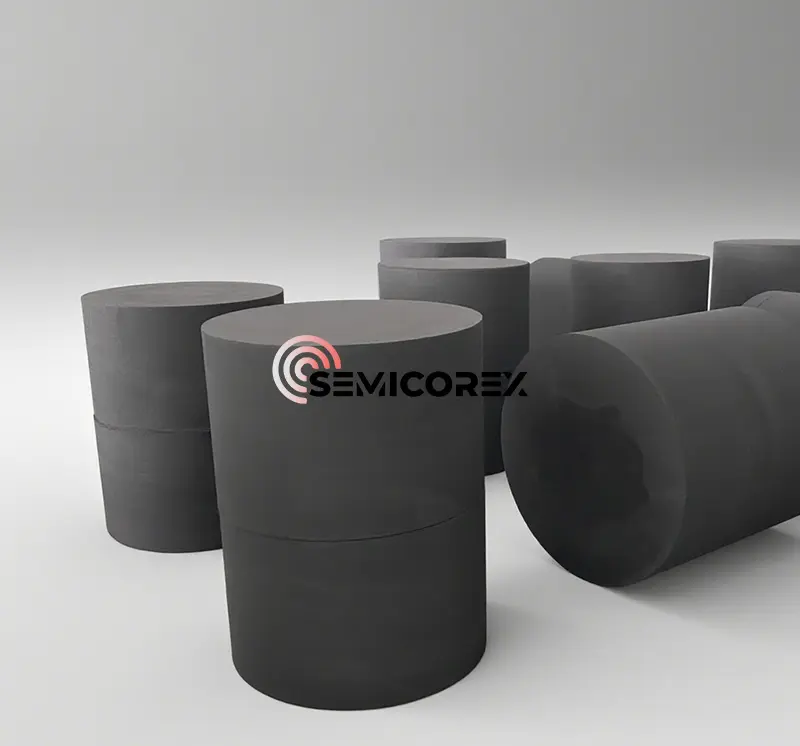
1. Isotropy
Different molding methods result in different properties in different directions. This is primarily reflected in resistivity, thermal conductivity, mechanical properties, and thermal expansion coefficient. The general measurement method is to sample the product perpendicular to and horizontally from the pressure surface, measure the properties separately, and then divide the smallest value by the largest value to obtain the isotropy ratio.
Traditional carbon/graphite products exhibit significant anisotropy, i.e., the properties of the product are different in the directions perpendicular to and horizontal to the pressure surface. The corresponding difference in performance is generally greater than 1:1.1, hence the term anisotropy. In many cases, this difference is fully exploited, and the greater the difference, the better. Examples include graphite electrodes for steelmaking and brushes for motors. Many applications, such as EDM and single-crystal silicon thermal field applications, increasingly require carbon/graphite products to exhibit isotropy (with an orientation ratio within the 1:1.05 range).
2. Large Dimensions
The market is increasingly demanding larger product sizes. For example, single-crystal silicon products have grown from 6- and 8-inch sizes to 12-inch sizes. The size of graphite materials used in thermal fields is also increasing. This is also increasing. Similar trends are seen in other related industries. Graphite for EDM, continuous casting, and nuclear reactors also requires large-scale products. This is difficult to achieve using molding and extrusion methods. The primary problem with large-scale product production is calcination cracking, and the larger the product, the higher the chance of calcination cracking.
3. Fine Structure
As a structural material, it requires high physical and chemical properties. On the one hand, the finer the particle size of the carbon particles that make up the carbon/graphite material, the denser its texture and the higher its mechanical strength.
Isostatically pressed graphite is widely used in semiconductor manufacturing processes. It is used in graphite components for the hot zone of single crystal growth furnaces, such as crucibles, heaters, flow guides, and insulation covers; and in graphite components used in epitaxial processes.
- View as
Creusets en graphite recouverts de SiC
Les creusets en graphite recouverts de SiC sont des récipients essentiels usinés avec précision à partir d'un matériau graphite recouvert de carbure de silicium, offrant une excellente résistance aux températures élevées et à la corrosion chimique. Avec leurs performances supérieures et leur qualité fiable, les creusets en graphite à revêtement SiC de Semicorex constituent la solution optimale pour obtenir une production contrôlée de cristaux de haute qualité.
En savoir plusenvoyer une demandeTiges de graphite imprégnées
Les tiges de graphite imprégné Semicorex sont usinées avec soin, elles sont fabriquées en graphite imprégné de haute qualité, largement utilisé dans l'industrie mécanique. Semicorex est une entreprise chinoise de premier plan qui fournit des produits en graphite de haute qualité.*
En savoir plusenvoyer une demandeManchon en cuivre graphite
Le manchon en cuivre graphite Semicorex est un type de manchon qui repose sur son propre lubrifiant pour la lubrification. Le produit utilise un alliage de cuivre comme matériau de base, avec des trous ordonnés et de taille appropriée percés dans la base, puis des bouchons en graphite y sont intégrés. Semicorex peut fournir le manchon en cuivre graphite fini ou des bouchons en graphite personnalisés.*
En savoir plusenvoyer une demandeRoulements et bagues en graphite de carbone
Les roulements et bagues en graphite de carbone Semicorex sont fabriqués en graphite de carbone de haute qualité, largement utilisé dans les industries mécaniques. Semicorex fournit des produits qualifiés basés sur les exigences des clients.*
En savoir plusenvoyer une demandeRoulements en graphite
Les roulements en graphite Semicorex présentent de grands avantages en matière d'autolubrification, de résistance aux températures élevées, de résistance à la corrosion, de lumière, etc. Ils sont largement appliqués dans diverses industries pour le fonctionnement des machines. Semicorex s'engage à fournir des produits qualifiés pour soutenir nos clients.*
En savoir plusenvoyer une demandeCreuset en graphite
Le creuset en graphite Semicorex avec d'excellentes propriétés est idéal pour l'industrie de la fusion. Semicorex fournit des produits personnalisés de haute qualité selon les besoins des clients.*
En savoir plusenvoyer une demande
